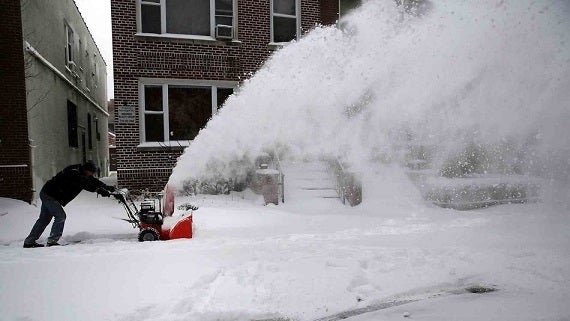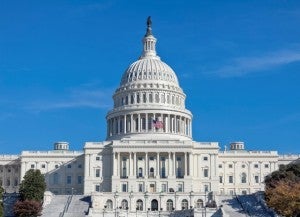Resiliency+ is a new blog series, which highlights the ways in which different clean energy resources and technologies can play an important part in increasing energy resiliency in New Jersey and around the country. Check back every two weeks, or sign up to receive Energy Exchange blog posts via email.
The Federal Energy Regulatory Commission (FERC) describes demand response as “changes in electric usage by end-use customers from their normal consumption patterns in response to changes in the price of electricity over time, or to incentive payments designed to induce lower electricity use at times of high wholesale market prices or when system reliability is jeopardized.”
There is quite a bit to unpack in that definition, but put simply, demand response is little more than a way of financially motivating customers to reduce their energy use when electricity is particularly scarce and expensive or when the wires are overburdened (check out EDF’s other blog posts and resources that go into more detail). The end result is a more efficient electric grid which is less overbuilt and less dependent on inefficient fossil-fuel plants that are often uneconomic to operate and highly polluting, but may be called upon when all else fails. Read More














